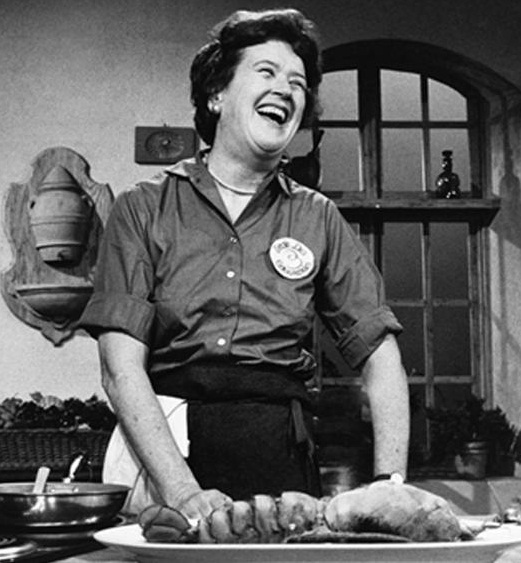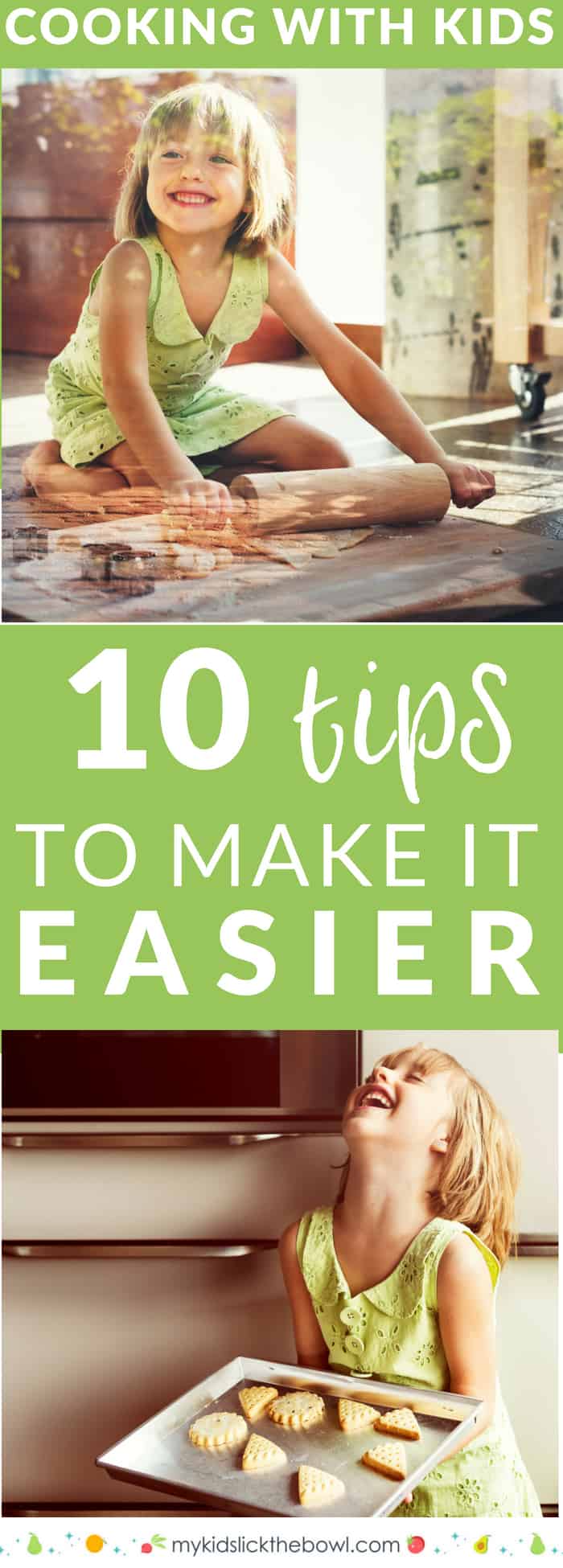
My last article discussed the importance cooking skills 101. I also explained how Chef de Cuisine Joey Delago shares each task and associated skill in his class. I talked about the different task-specific categories of cooking skills and how they can be applied, including making stocks and activating yeast. These skills are crucial for any cook, and a list can help you decide which ones to master and which ones to ignore. I will be discussing some of the skills that you should have before you can embark on the next step in your culinary journey.
Chef de Cuisine Joey DeLago's cooking skills 101 class
Chef de Cuisine Joey DeLago's cooking skills 101 class can help you learn the basics of cooking. This class will teach you the basics of cooking multi-course meals in a short time. Joey will give tips on timing, preparation, presentation, and planning. You can also share your final meal with other home chefs.
Category-based cooking skills
The Food Agency defines cooking skills as a set of knowledge, skills, and practices that facilitate a nutritious diet. This framework recognizes many barriers to healthy diets lie in the environment. But it focuses primarily on encouraging food skills through the implementation of appropriate measures. These measures need to be easily understood, related to other domains, and applicable across a wide variety of sociodemographic groups. The following four categories are designed to address some of most pressing issues concerning food skills.

Activating yeast
You will need to know how activate yeast if you want to use it in your cooking. To activate yeast, warm some tap water and run some hot water through it. Sometimes, you might need to add sugar or water. Here are some tips that will help activate your yeast. Once your yeast is bubbly, it's ready to be used. Cooking is the key to baking success.
Stocktaking
Stock can give your dishes more depth and flavor. Stocks can be made using vegetables, meat, and seafood. While you can make your own stock using bottled water, it is better to use the filtered water available at the grocery store. There are many stock recipes, so it is important that you follow some basic guidelines in order to make your stock as flavorful as possible.
Making whipped cream
Whipping cream can be used to decorate cakes and other desserts. It's easy to make, but there are some things to remember when making this classic dessert. Although it appears to be slightly melted, it is actually quite different. Instead of a loose consistency, whip cream should have a fluffy, slightly curled peak that sticks with the whisk and doesn’t dissolve immediately. Soft peaks can be achieved by beating the cream with an electric whisk until it retains its shape.

Melting chocolate
Learn how to melt chocolate if you are looking to make delicious desserts. It is not an easy task. These tips will help you to get the job done quickly with minimal mess. First, you must know the correct technique. There are two ways to melt your chocolate. Double boiler involves using a heatproof pan or bowl with a glass or stainless-steel bottom and a saucepan of simmering hot water. This method should not be used quickly and the water should not get into the bowl.
FAQ
Is there a difference in a chef and a cooker?
A chef cooks for others. A cook prepares meals for others. While both jobs involve preparing food, a chef works directly with customers. This may mean that they might have to choose what to cook for guests depending on their preferences. Cooks don't interact with customers. Instead, a cook makes sure the food tastes good before delivering it to customers.
What equipment do I need to cook?
Cooking doesn't require special equipment. The best tools will make cooking more enjoyable. For example, a knife could be used for pasta making or a whisk would be better than a hand mixer for whipping egg whites to stiff peaks. Having the right tools can make cooking less daunting and allow you to get started faster.
What is the best way to learn to cook?
Cooking is one of those things that everyone should know how to do. You will miss out on great meals if you don't learn how to cook. You must start by finding a recipe you enjoy and following it closely when you learn to cook. Next, practice making small tweaks to the recipe until the dish is your own. Next, you can cook for others. This will improve your cooking skills as well as test your culinary abilities.
What is the average time it takes to become a chef? What's the average career path for a chef?
Five years is required to become a professional chef. You will learn basic cooking techniques, and get experience as a chef assistant. After your training is complete, you will be eligible to apply for a job as a sous chef, executive chef, or line cook. The annual average salary of a chef is $25,000-$60,000.
Can you learn to cook on your own?
Self-taught cooking is possible! The joy of cooking is something that everybody enjoys doing, no matter their skill level. Start cooking at home if you want to learn how to cook. Start small with things like making pancakes or spaghetti sauce for your dinner. The best way to learn how to cook is to try new recipes and experiment. It's possible that you will make mistakes.
Cooking can take anywhere from a few hours to several months depending on the skill level. It's important that you remember that cooking does not mean following a recipe. There are so many ways to prepare food.
Statistics
- You'll be amazed that over 90% of CIA students receive scholarships and grants to finish their culinary studies. (ischoolconnect.com)
- In the United States, the category is estimated at $23.2 billion annually and is growing faster than the market. (washingtonpost.com)
- On average, chefs earn $58,740 a year, according to the BLS. - learnhowtobecome.org
External Links
How To
How to make a perfect Omelette
Omelets are one of my favorite foods to eat at breakfast. How can you make them perfectly? I have tried many different recipes and methods, but none of them work. So today, I want to share some tips and tricks with you so you can make your own delicious and fluffy omelets every morning.
When making omelets, it is important to be aware that eggs can be temperamental. You must get them fresh, organically, and keep them cold until you cook. They must be kept cool, otherwise the whites will not form properly and the yolks may become runny. Your omelets will look strangely colored if this happens. If you intend to cook your eggs immediately, it's best to use room-temperature egg.
Another tip is to separate the egg before adding it to the pan. The yolk and white should not be mixed together as this can cause the omelet's curdle.
You might burn the bottom of the egg if you place the egg directly on the stovetop. This could ruin the texture of your omelet. Instead, place the egg in the microwave for 10 second before you put it in the skillet. The microwave heat is sufficient to cook the egg without overcooking.
Next, let's talk about mixing the eggs. When mixing eggs, it is important to thoroughly beat them. You can do this by turning the bowl of your mixer upside down. Then, vigorously shake the bowl. This allows the air to be whipped and the egg to be mixed thoroughly.
Now comes the fun part - pouring the milk into the mixture. First, pour half of the milk into the beaten eggs and then fold the eggs gently into the remaining milk. Do not worry if you see streaks of egg; they will disappear when the omelet is flipped.
After you have done folding the eggs, heat the pan on medium heat. The oil will start to smoke. When the oil is hot enough, add 1/4 cup butter to the pan. Stir it around until the butter covers the entire pan. The lid should be carefully opened. Sprinkle salt in the pan. Salt will prevent the omelet sticking to the pan.
Cover the pan once the omelet is formed and allow it to cool completely. Flip the omelet over using a spatula or flip the pan upside down. Cook the other side for about a minute. Serve immediately after removing the omelet from its pan.
This recipe works best with whole milk, but skimmed milk also works.